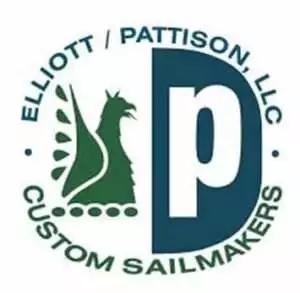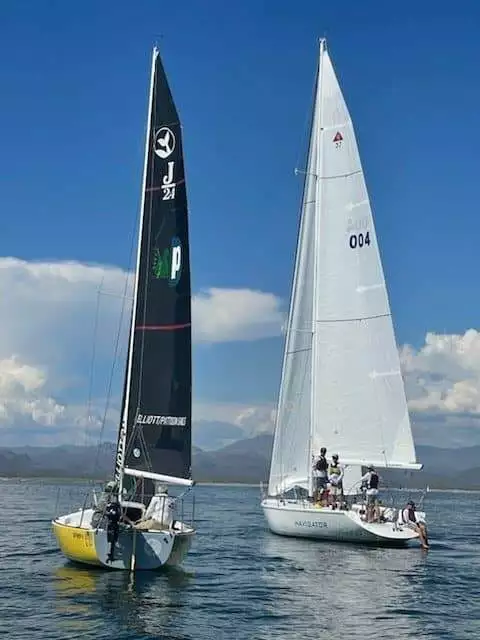Tiller And Kites is a International Yacht Training accredited school based in Phoenix AZ. TandK boats are known for their distinctive shocking pink hulls. The IYT courses offered are designed specifically for sailing in the desert Southwest.
PLEASE COMPLETE THE FOLLOWING FORM TO ORDER YOUR NEW SAILS
CHOOSE THE BEST SAILS FOR OPTIMAL PERFORMANCE AND QUALITY


